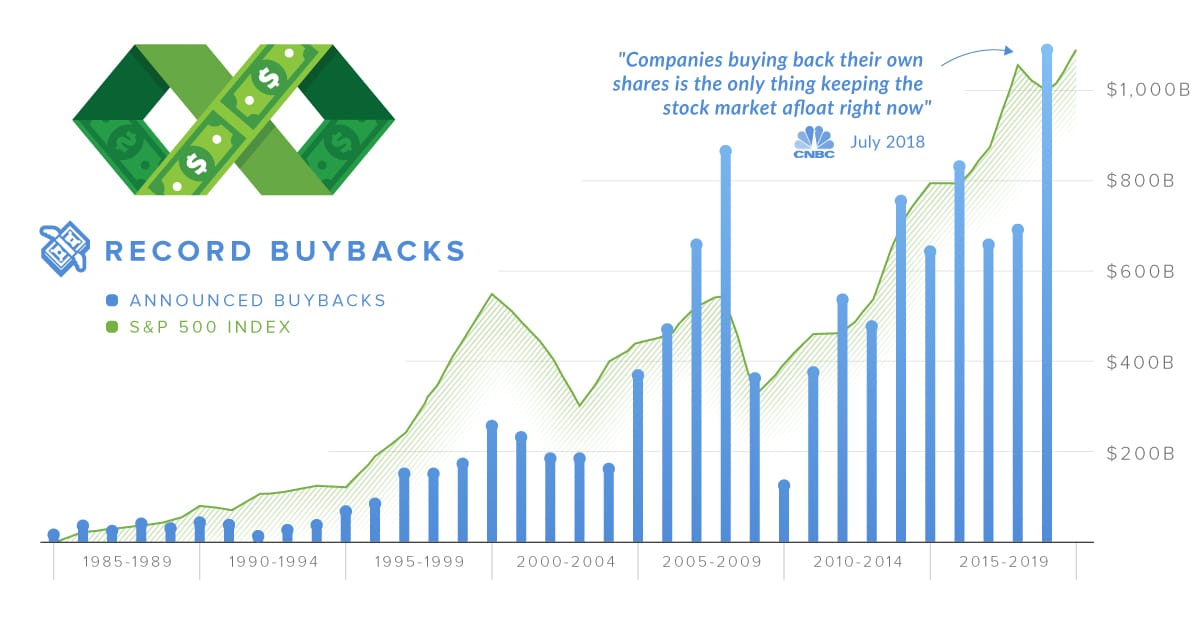Beauty stocks have taken a significant hit in the past week after several key players in the industry reported weaker-than-expected financial results. Esteemed names like Estée Lauder and E.l.f. Beauty have become focal points for market analysts, as their disappointing earnings and revised sales outlooks triggered widespread stock sell-offs.
The announcement of cuts by Estée Lauder came as a particularly stark signal. The multinational cosmetics company announced plans to reduce its global workforce by as many as 7,000 employees—constituting close to 10% of its staff. This measure is part of a broader operational overhaul intended to regain competitiveness in its core premium beauty segments. The announcement follows the company swinging to a quarterly loss, negating revenue gains from previous years.
Stock markets responded swiftly to Estée Lauder’s announcement, with shares plunging by nearly 19% at the start of the week. The setback was underscored by a reduction in full-year sales estimates, from growth expectations of 5%-7% to a contraction of up to 1%. The company’s stock hit a six-year low, marking one of its darkest periods since the onset of the COVID-19 pandemic, when the global luxury goods market faced unprecedented shocks.
E.l.f. Beauty, another prominent stakeholder in the sector, experienced its own upheaval. The cosmetics retailer revised its full-year outlook downward, citing “softer-than-expected trends in January.” Share prices for E.l.f. Beauty fell dramatically, dropping by more than 26% in premarket trading before closing the week nearly 29% lower—the company’s worst performance since August 2018. The retailer acknowledged that challenges in customer purchasing behavior had exacerbated inventory hurdles, hurting its profitability in key markets.
Yet these losses were not limited solely to these two companies. Sector-wide implications surfaced as stocks of beauty retail chains like Ulta Beauty also edged downward, reflecting broader investor worries about prolonged sluggishness in beauty-applicable consumer spending. Analysts noted that while product innovation remains a core area of focus for such brands, customer footfall appears to be lagging the industry’s pre-pandemic benchmarks.
Economic factors, including inflationary pressures and a weakened luxury goods market due to geopolitical instability, have further strained the beauty sector’s outlook. While consumers have historically turned towards self-care and beauty treatments during periods of economic uncertainty, industry insiders suggest that affordability concerns are deterring more frequent purchases of beauty products. This has been compounded by a shift in consumer preferences toward multi-functional, value-driven beauty products over premium or specialized variants.
Estée Lauder executives reassured stakeholders that long-term market fundamentals still appear strong. However, the company’s immediate focus will include restructuring efforts aimed at streamlining costs and improving supply chain efficiencies. A renewed emphasis on high-growth markets like Asia is also being prioritized, where consumption trends for luxury beauty remain relatively stable.
Similarly, leaders at E.l.f. Beauty reaffirmed their commitment to developing sustainable product portfolios and increasing partnerships within the digital commerce space. However, the near-term revenue challenges appear difficult to bypass, given that revenues have dwindled due to subdued consumer sentiments.
Market volatility over the past year has meant that beauty stocks have endured notable highs and lows, often acting as proxies for broader retail patterns. In addition, technology’s integration into the beauty space—through advancements like Virtual Try-On (VTO) and Artificial Intelligence (AI)-enabled shopping—has done little to alleviate recent financial shortfalls for some.
In particular, investors will be closely watching forthcoming quarterly earnings reports for a clearer perspective on how companies are adopting strategies for resilience. Metrics like digital consumer retention, expansion in key product lines, and cost-efficiencies are likely to inform whether the beauty sector’s hardest-hit segments are poised for recovery.
In the meantime, the sharp downturn in beauty stock performance remains a signal of caution, prompting many firms to recalibrate their strategies for both product development and customer engagement. As economic challenges test the sector’s endurance, beauty companies may look to innovations and agility to chart a path that balances market share growth with profitability.
For seasoned retail analysts, this recent turbulence doesn’t indicate irrevocable stagnation but rather underscores the need for faster adaptation. Amid economic headwinds, the beauty sector must further diversify its approaches to cater to a more price-sensitive yet increasingly diverse customer base.
The coming weeks and months look set to be testing times for Estée Lauder, E.l.f. Beauty, and their competitors. While they grapple with shifting consumer demands and retail uncertainties, the spotlight remains firmly on how well these firms execute recovery measures to stabilize investor confidence.



